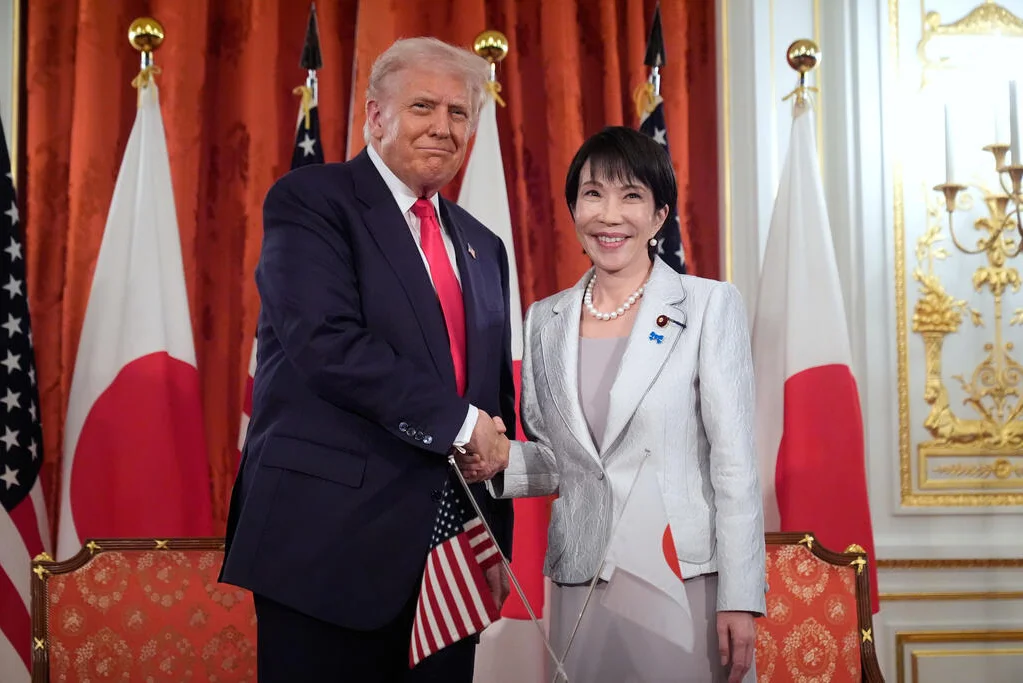
President Donald Trump has expressed enthusiasm about Japan’s new prime minister, Sanae Takaichi, stating that her elevation to head the Liberal Democratic Party (LDP) in late October was “tremendous news.”
Speaking to U.S. troops aboard a U.S. aircraft carrier in Japan on October 28 during his Asia tour, Trump introduced Takaichi as a “big winner.”
Trump is especially enthusiastic at the fact that Takaichi—Japan’s first female leader—takes a tough stance on immigration and is considered a “China hawk” favoring building up Japan’s defenses.
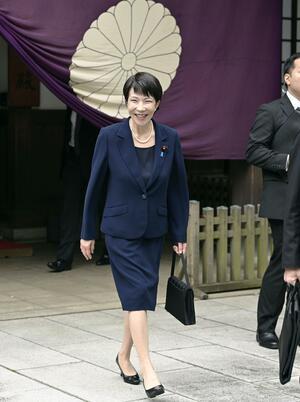
A protégée of the late Shinzo Abe, Sanae Takaichi, is a member of an ultra-nationalist organization, Nippon Kaigi, that promotes historical revisionism of World War II and “patriotic education” and has been a regular visitor to the Yasukuni Shrine.[1]
Established in 1869 to honor the empire’s war dead, Yasukuni now enshrines more than 2.5 million souls, including 14 Class-A war criminals like Hideki Tojo, the architect of Japan’s Pacific conquests around the time of World War II.
For Beijing and Seoul, Yasukuni is not a memorial but a middle finger to history, a site that whitewashes atrocities like the Nanjing Massacre, Unit 731’s biological experiments, and the forced enslavement of “comfort women.”
Visits by Japanese leaders to Yasukuni are not just religious rituals; they are political provocations, signaling a refusal to reckon with the empire’s crimes and a flirtation with remilitarization.
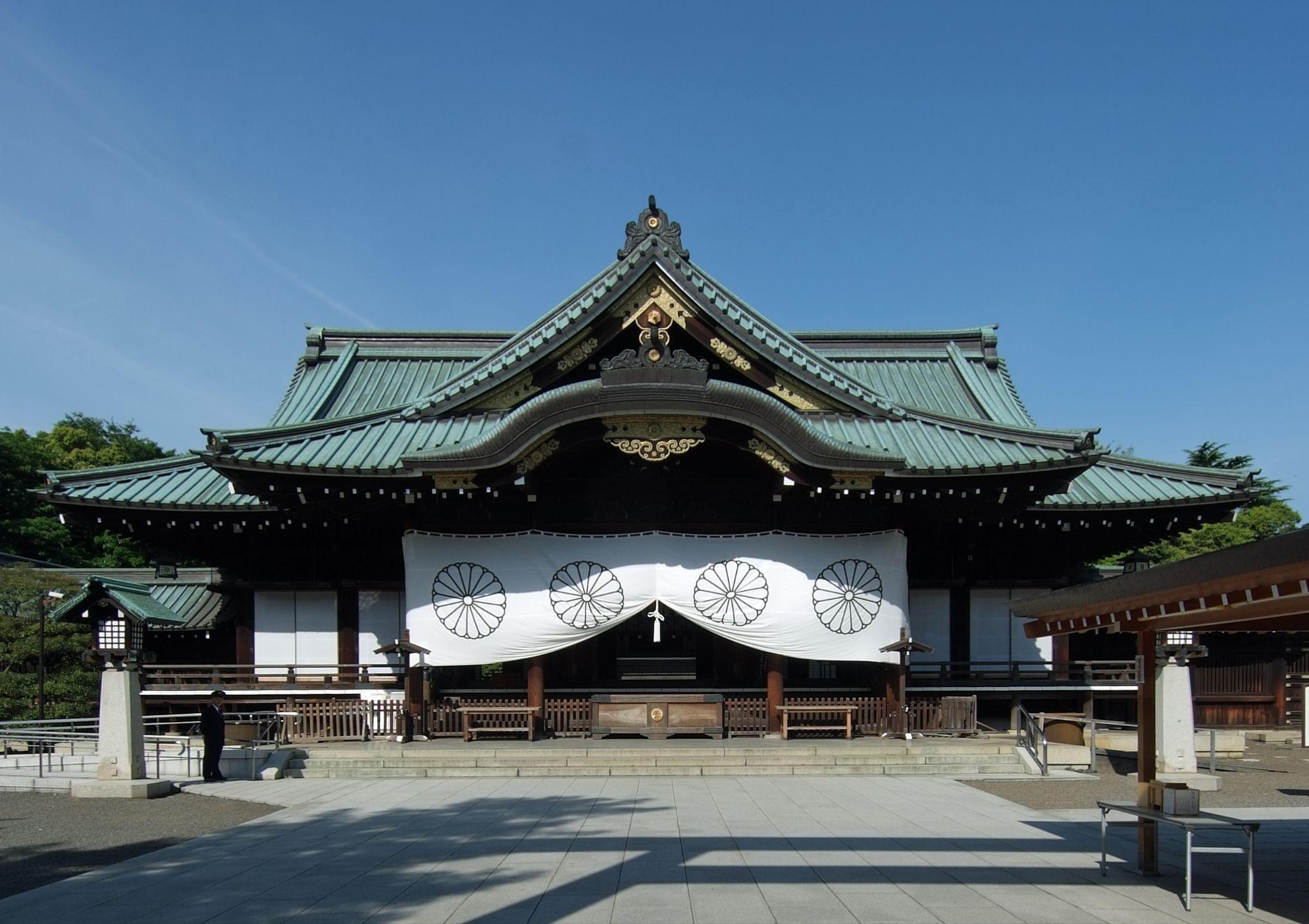
Eighty years after Japan’s surrender, the shrine’s pull on Tokyo’s right-wing elite underscores why Asia’s post-war vow of “never again” feels more urgent than ever.
On October 17, 2025, during Yasukuni’s autumn festival, outgoing Prime Minister Shigeru Ishiba sent a ritual masakaki offering but stayed away, true to his restrained approach.[2]
In contrast, Sanae Takaichi visited the shrine as Economic Security Minister—in April 2024 and on the 80th anniversary of the August 15 World War II surrender—just weeks before her LDP victory.[3]
For conservatives, her devotion to the shrine is a badge of strength; for victims of Japanese imperialism, it is a harbinger of renewed tensions.
Ishiba’s ouster after just a year in office exemplifies how acknowledging history can be a political death sentence in Japan’s corridors of power.
Elected LDP president in September 2024 and sworn in as prime minister amid scandals that toppled his predecessor, Fumio Kishida, Ishiba was hailed by moderates as a pragmatic conservative.
But his willingness to confront Japan’s wartime sins, such as rebuking Nanjing denialism, admitting military complicity in the “comfort women” system, and calling for apologies to China, marked him as “weak” among the party’s ultranationalist wing.[4]
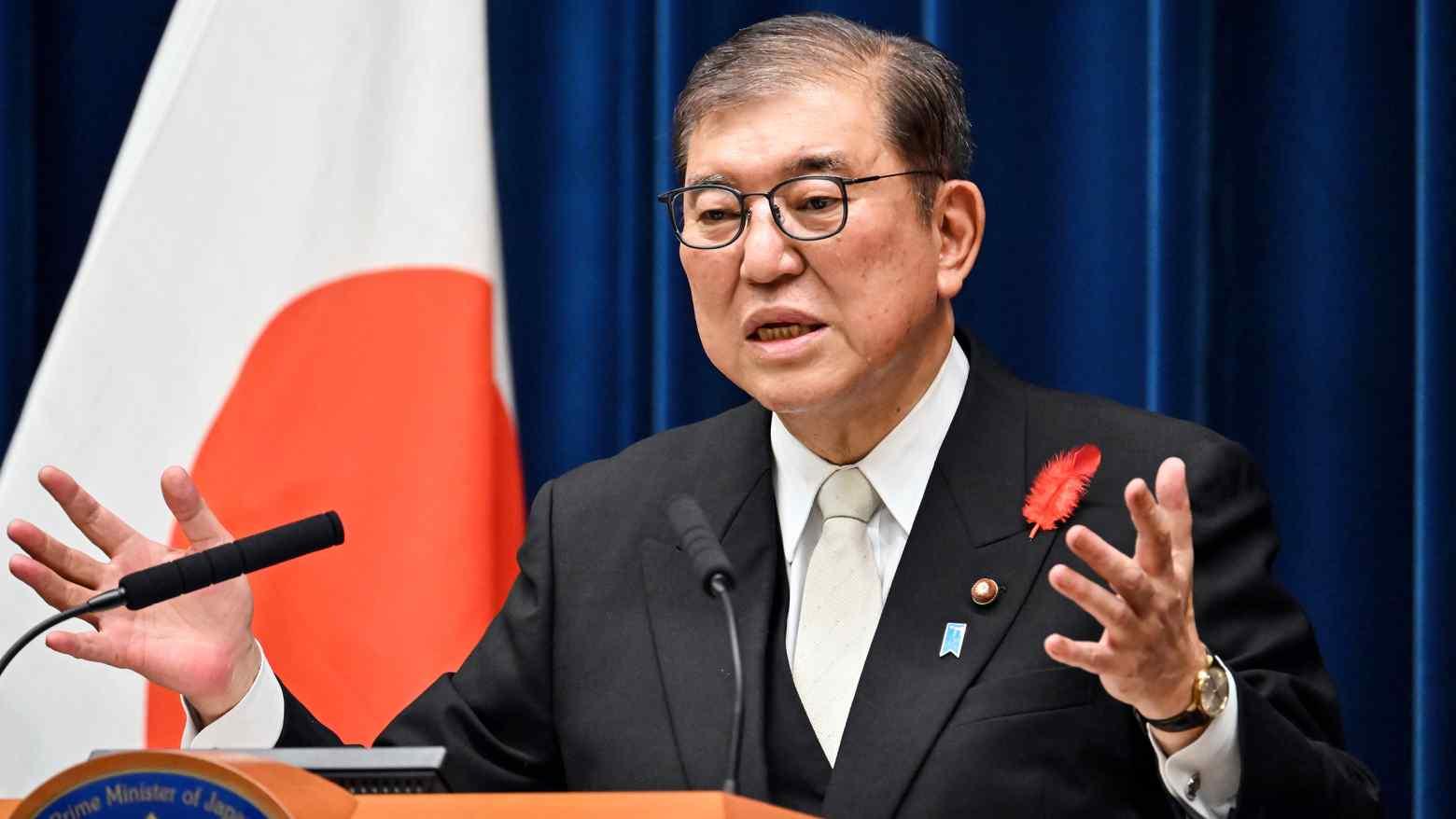
In a July 2025 reflection on the war’s 80th anniversary, Ishiba lamented how “domestic political systems were unable to brake the momentum toward war,” injecting historical accountability into an election-season debate that right-wingers like novelist Naoki Hyakuta branded as betrayal.[5]
His government’s electoral drubbing in July 2025, which stripped the LDP-Komeito coalition of its majority in the Diet, gave conservatives the ammunition they needed. Ishiba resigned on October 4, paving the way for Takaichi’s ascension in a party vote that rewarded her unapologetic nationalism.[6]
This pattern of punishing leaders for contrition is not new; it echoes the fate of Tomiichi Murayama, Japan’s socialist prime minister from 1994 to 1996, whose landmark apology on the war’s 50th anniversary exacted a steep toll. As the first non-LDP leader in decades, Murayama issued the “Murayama Statement” on August 15, 1995, expressing “deep remorse” and a “heartfelt apology” for Japan’s colonial rule and aggressions, including Nanjing and the enslavement of “comfort women.”
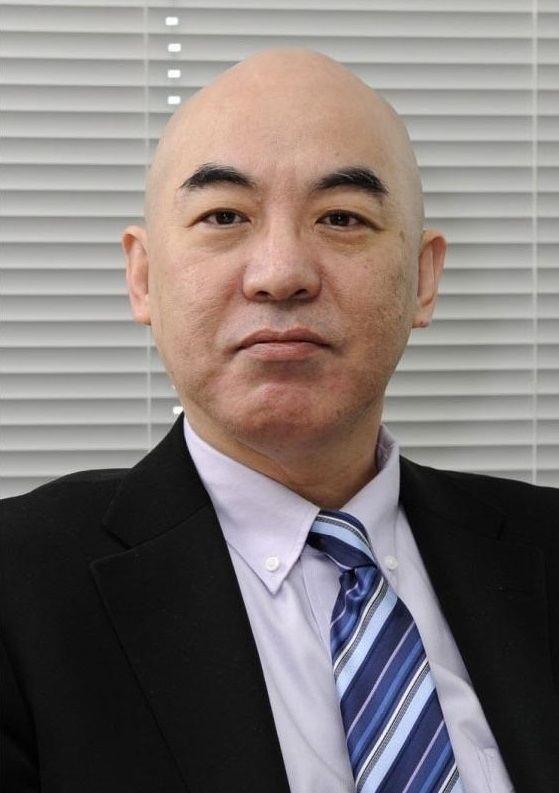
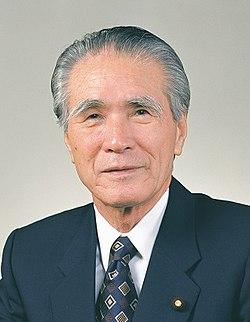
Like Ishiba, he faced conservative fury: LDP coalition partners decried it as excessive, widening rifts that contributed to his resignation in January 1996 amid crises such as the Kobe earthquake and the Aum Shinrikyo attacks.
Murayama’s downfall, which shortened his tenure and led to the collapse of the Japan Socialist Party, highlights the LDP’s intolerance for historical reckoning. This thread extends from the 1990s to Ishiba’s purge. Coincidentally, Murayama passed away on October 17, 2025, at the age of 101, as Ishiba’s exit made headlines, a stark reminder of the risks of daring to own the past.[7]
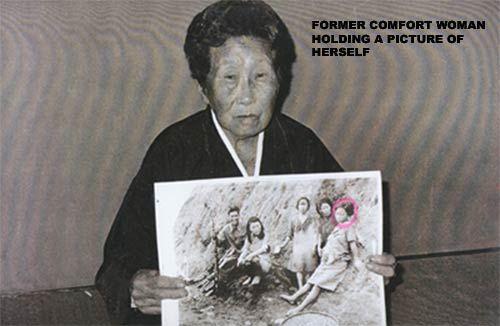
Takaichi’s Yasukuni affinity is not mere piety; it is a thread in the LDP’s DNA, woven from the party’s origins in post-war revisionism. No sitting prime minister has visited the shrine since Abe’s infamous December 26, 2013, pilgrimage. It was a move that ignited fury in China, South Korea, and even Washington, D.C.[8]
Abe framed it as a “pledge against war,” but critics saw it as a dog whistle to militarists, timed to the anniversary of his return to power.
Under Ishiba and his immediate predecessors, Yoshihide Suga and Fumio Kishida, offerings were sufficient, serving as a diplomatic fig leaf to preserve ties with Seoul and Beijing.
Takaichi’s restraint now, as she eyes confirmation by parliament on October 21, may be tactical: Komeito’s coalition exit has left the LDP vulnerable, and opposition unity talks could derail her bid.[9] Yet polls show that more than 40% of Japanese support her shrine visits, a testament to how Yasukuni revisionism has seeped into the national psyche.[10]
To grasp why Takaichi’s rise alarms Asia, one must rewind to the LDP’s founding father, Nobusuke Kishi, Shinzo Abe’s grandfather and a specter haunting Tokyo’s revanchist politics. Kishi was not just any bureaucrat; he was a Class-A war criminal indicted for his role in Manchukuo, Japan’s puppet state in occupied China.
As Vice Minister of Commerce and Industry in Tojo’s cabinet, Kishi oversaw forced labor and resource plundering. Four million Chinese people were used as forced laborers to build Manchukuo, and 40% of them died building its economic “miracle.”[11]
Miraculously, Kishi dodged the gallows thanks to U.S. Cold War strategists who scrubbed his record in exchange for his anti-communist zeal. Paroled in 1948, he re-emerged as a political kingmaker.[12]
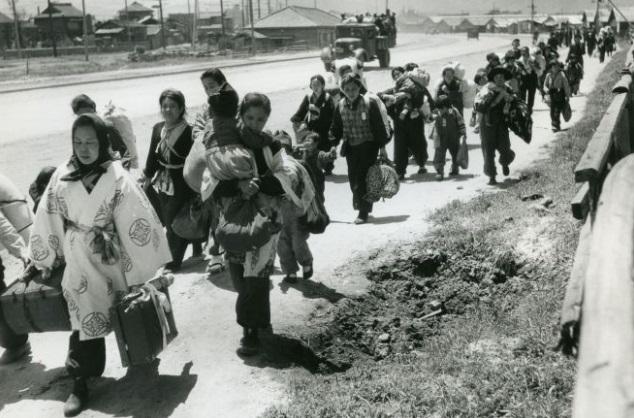
In 1955, Kishi co-founded the LDP, merging conservative factions into a U.S.-backed juggernaut that has dominated Japanese politics ever since, save a brief 1993-94 interlude. This “1955 System” was not born of democratic renewal but covert realignment: CIA funds funneled through the agency to arm the party against leftist threats, as declassified documents later revealed.
Kishi’s 1957-1960 premiership sealed the deal, ramming through the U.S.-Japan Security Treaty amid Anpo protests that left streets bloodied and exposed the alliance’s neo-colonial underbelly.[13]
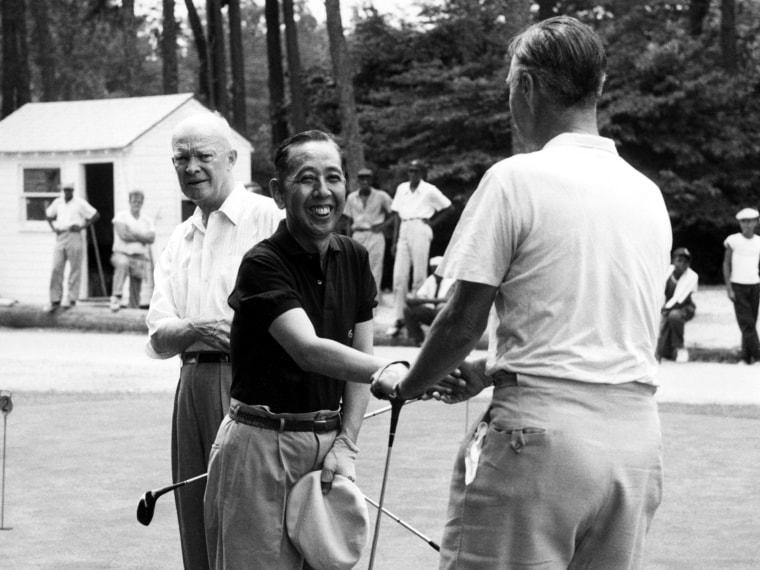
Then U.S. Ambassador to Japan Douglas MacArthur II said this of Kishi: “We have at last an able leader of Japan…He has indicated that his basic views on the world situation, the Communist threat in the Far East, and Japan as a major Communist target, are the same as ours….I think we can do business with him.”
And what was Kishi’s legacy? A party machine that conflates patriotism with imperialism, where Yasukuni visits signal fealty to the old guard.
Takaichi embodies this Kishi-Abe lineage. A one-time Abe cabinet minister, she idolizes Margaret Thatcher while advocating for amendments to Article 9, Japan’s pacifist constitution, and strengthening the U.S. alliance against China.[14]
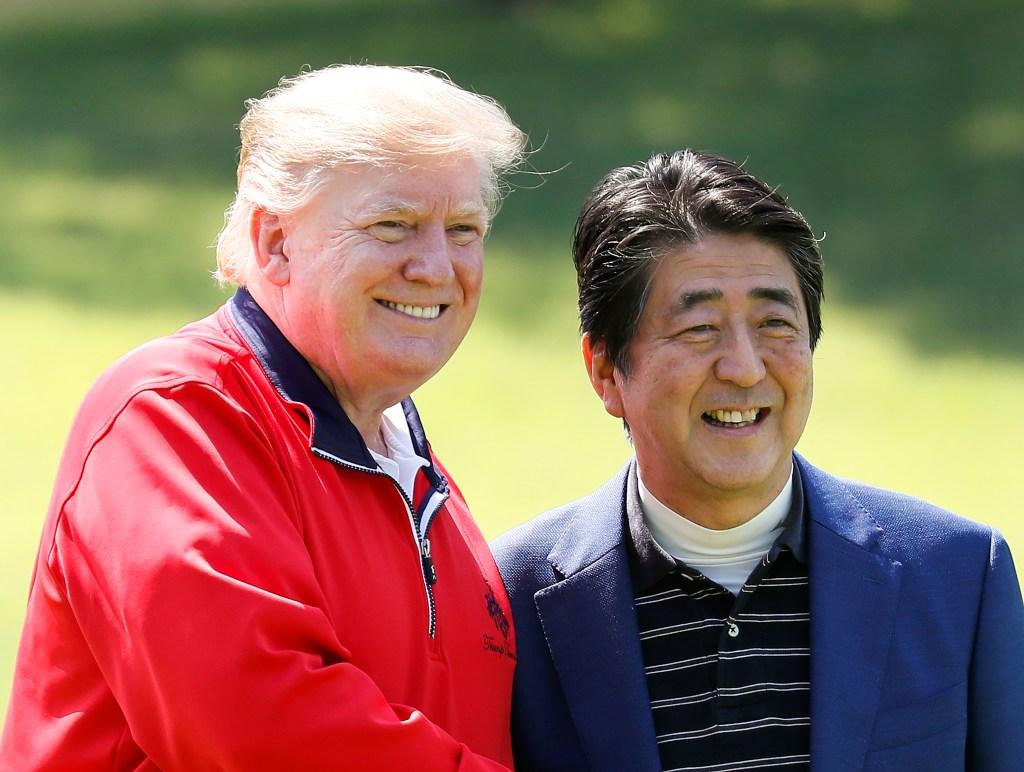
Her LDP victory, amid Ishiba’s fall, tilts Japan rightward at a perilous moment: Trump’s tariff threats loom, North Korean missiles streak overhead, and China’s “gray-zone” maneuvers in the East China Sea test Tokyo’s nerves.
Takaichi vows to deepen trilateral ties with Seoul and Washington,[15] but her Yasukuni pilgrimages risk unraveling that détente, echoing Abe’s 2013 blunder.
Asia’s “never again” is not abstract nostalgia; it is a bulwark against the resurgence of the very forces that exploited Manchuria, razed Nanjing, and bombed Chongqing.
Ishiba’s exit for daring to whisper apologies reminds us that’ in the LDP Tokyo, historical truth is a luxury, not a prerequisite.
As Takaichi assumes power, the region watches warily. Will she honor offerings or ignite old flames? Either way, Yasukuni’s shadows lengthen, and the vow of “never again” demands vigilance, not complacency. The empire’s heirs are back in vogue, and Asia’s peace hangs by a thread.

https://english.kyodonews.net/articles/-/47128; https://www.wsws.org/en/articles/2025/10/22/pslx-o22.html ↑
Outgoing Japan PM Ishiba sends offering to war-linked Yasukuni shrine ↑
https://english.kyodonews.net/articles/-/47128 ↑
https://magazine.thediplomat.com/2025-06/why-japanese-conservatives-want-ishiba-shigeru-to-resign ↑
https://asiatimes.com/2025/10/outgoing-ishiba-injects-history-into-japans-political-contest/ ↑
https://asiatimes.com/2025/10/outgoing-ishiba-injects-history-into-japans-political-contest/ ↑
https://www.npr.org/2025/10/17/nx-s1-5577652/japanese-pm-murayama-dead ↑
https://www.aljazeera.com/news/2025/10/17/japan-pm-hopeful-takaichi-avoids-wwii-shrine-visit-amid-political-tussle ↑
https://www.cnbc.com/2025/10/15/ldp-sanae-takaichi-pm-japan-komeito-cdp-dpp-yuichiro-tamaki-tokyo-lower-house.html ↑
https://www.japantimes.co.jp/news/2025/10/16/japan/takaichi-war-shrine-support/ ↑
https://www.palladiummag.com/2022/06/03/the-works-of-the-monster-of-showa/ ↑
https://covertactionmagazine.com/2025/06/12/cia-secretly-financed-political-career-of-monster-of-showa-who-was-responsible-for-deaths-of-over-1-5-million-chinese-slave-workers-in-world-war-ii/ ↑
https://www.nytimes.com/1994/10/09/world/cia-spent-millions-to-support-japanese-right-in-50-s-and-60-s.html. ↑
https://www.bbc.com/news/articles/cx2pmy7m72lo ↑
https://www.csis.org/analysis/sanae-takaichi-japans-likely-new-leader ↑
CovertAction Magazine is made possible by subscriptions, orders and donations from readers like you.
Blow the Whistle on U.S. Imperialism
Click the whistle and donate
When you donate to CovertAction Magazine, you are supporting investigative journalism. Your contributions go directly to supporting the development, production, editing, and dissemination of the Magazine.
CovertAction Magazine does not receive corporate or government sponsorship. Yet, we hold a steadfast commitment to providing compensation for writers, editorial and technical support. Your support helps facilitate this compensation as well as increase the caliber of this work.
Please make a donation by clicking on the donate logo above and enter the amount and your credit or debit card information.
CovertAction Institute, Inc. (CAI) is a 501(c)(3) non-profit organization and your gift is tax-deductible for federal income purposes. CAI’s tax-exempt ID number is 87-2461683.
We sincerely thank you for your support.
Disclaimer: The contents of this article are the sole responsibility of the author(s). CovertAction Institute, Inc. (CAI), including its Board of Directors (BD), Editorial Board (EB), Advisory Board (AB), staff, volunteers and its projects (including CovertAction Magazine) are not responsible for any inaccurate or incorrect statement in this article. This article also does not necessarily represent the views the BD, the EB, the AB, staff, volunteers, or any members of its projects.
Differing viewpoints: CAM publishes articles with differing viewpoints in an effort to nurture vibrant debate and thoughtful critical analysis. Feel free to comment on the articles in the comment section and/or send your letters to the Editors, which we will publish in the Letters column.
Copyrighted Material: This web site may contain copyrighted material the use of which has not always been specifically authorized by the copyright owner. As a not-for-profit charitable organization incorporated in the State of New York, we are making such material available in an effort to advance the understanding of humanity’s problems and hopefully to help find solutions for those problems. We believe this constitutes a ‘fair use’ of any such copyrighted material as provided for in section 107 of the US Copyright Law. You can read more about ‘fair use’ and US Copyright Law at the Legal Information Institute of Cornell Law School.
Republishing: CovertAction Magazine (CAM) grants permission to cross-post CAM articles on not-for-profit community internet sites as long as the source is acknowledged together with a hyperlink to the original CovertAction Magazine article. Also, kindly let us know at info@CovertActionMagazine.com. For publication of CAM articles in print or other forms including commercial internet sites, contact: info@CovertActionMagazine.com.
By using this site, you agree to these terms above.
About the Author
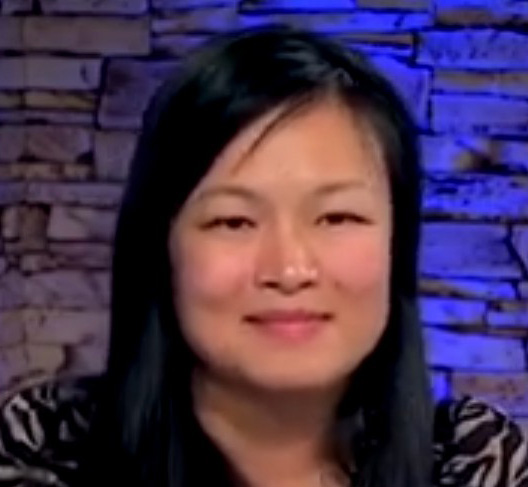
Jenny Chan is a researcher and editor dedicated to uncovering overlooked histories of World War II in the Asia-Pacific region.
As the founder of Pacific Atrocities Education, she conducts survivor interviews and archival research at the U.S. National Archives, developing digital content and publications that bring hidden wartime stories to light.
Combining rigorous historical research with accessible storytelling, Jenny aims to preserve these narratives and make them relevant to today’s audiences.
You can reach Jenny at jenny@pacificatrocities.org and find her work at pacificatrocities.org.


Japan has committed horrible atrocities in the past, but according to Freedom House in the year 2025 Japan is above average in comparison to other countries as shown in the description below:
Japan is a multiparty parliamentary democracy. The ruling Liberal Democratic Party (LDP) has governed almost continuously since 1955. Political rights and civil liberties are generally well respected. Outstanding challenges include ethnic and gender-based discrimination and claims of improperly close relations between government and the business sector
On the other hand China is far behind Japan in this regard as described below:
China is ruled by a repressive regime. The Chinese Communist Party (CCP) maintains tight control over all aspects of life and governance, including the state bureaucracy, the media, online speech, religious practice, universities, businesses, and civil society. CCP General Secretary Xi Jinping has consolidated personal power to a degree not seen in China for decades. Following a multiyear crackdown on political dissent, independent nongovernmental organizations (NGOs), and human rights defenders, China’s civil society has been largely decimated
This is an excellent articles Very well written. Japan has committed a lot of atrocities and has also been the victim of a lot of atrocities. The Americans have committed a long list of atrocities against Japan. During the Soviet invasion of Manchuria in August 1945, Red Army troops committed atrocities against Japanese civilians, including the mass rape and murder of hundreds of Japanese women and children at the Gegenmiao lamasery. There are also other examples.
This lady and Peter Thiel hate China more than Marco Rubio. And we shouldn’t call anyone a criminal because the victors write history.